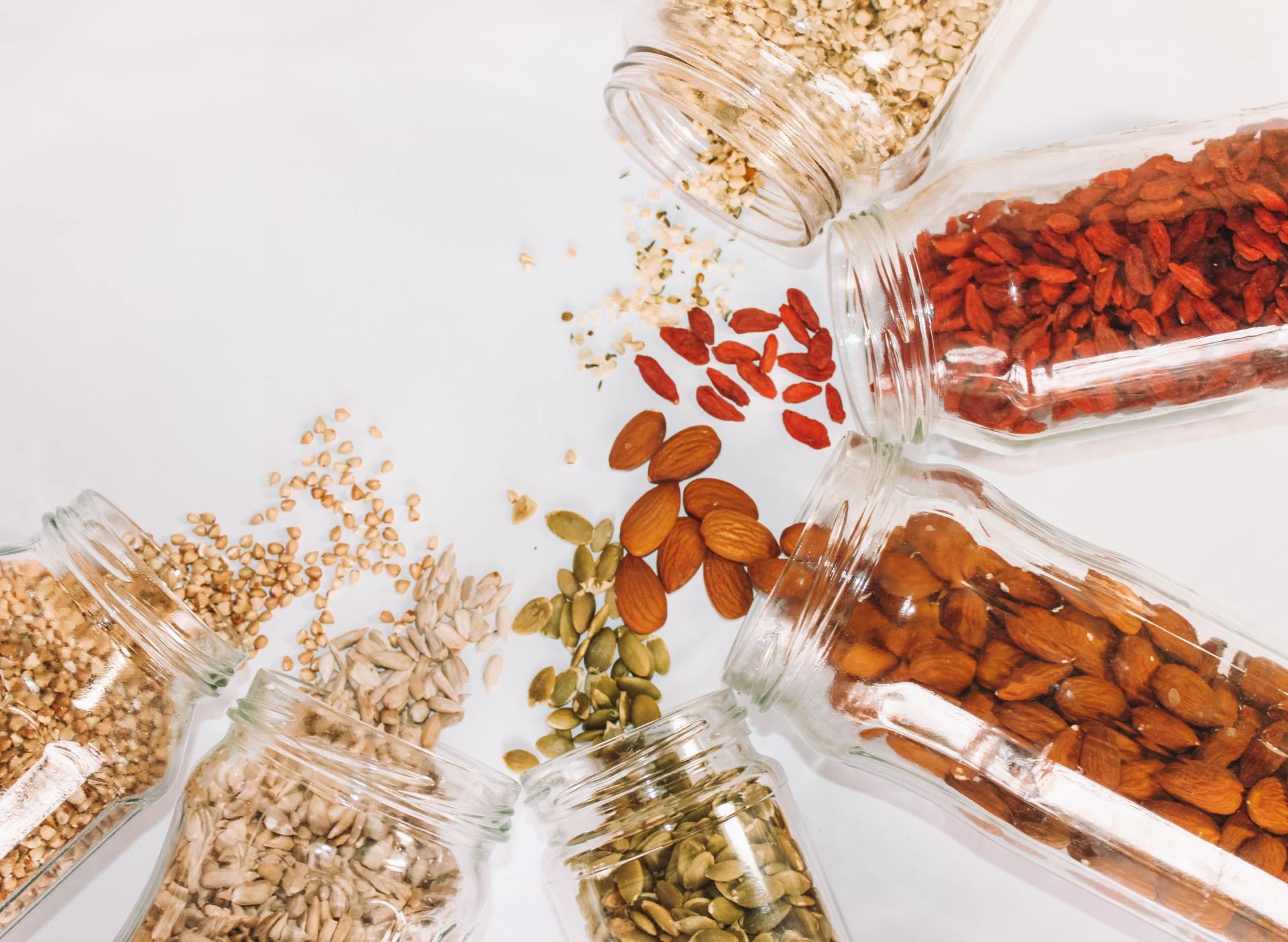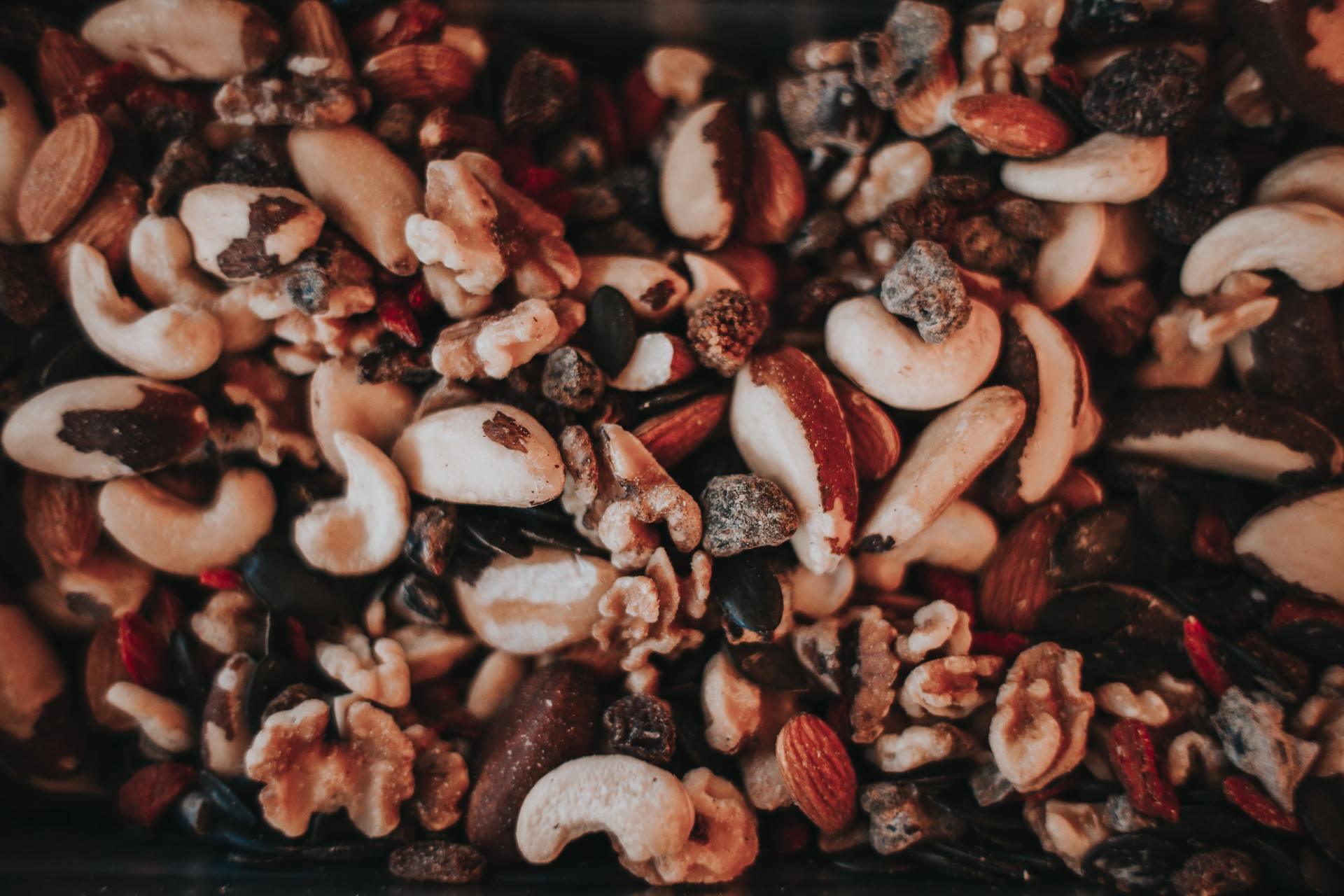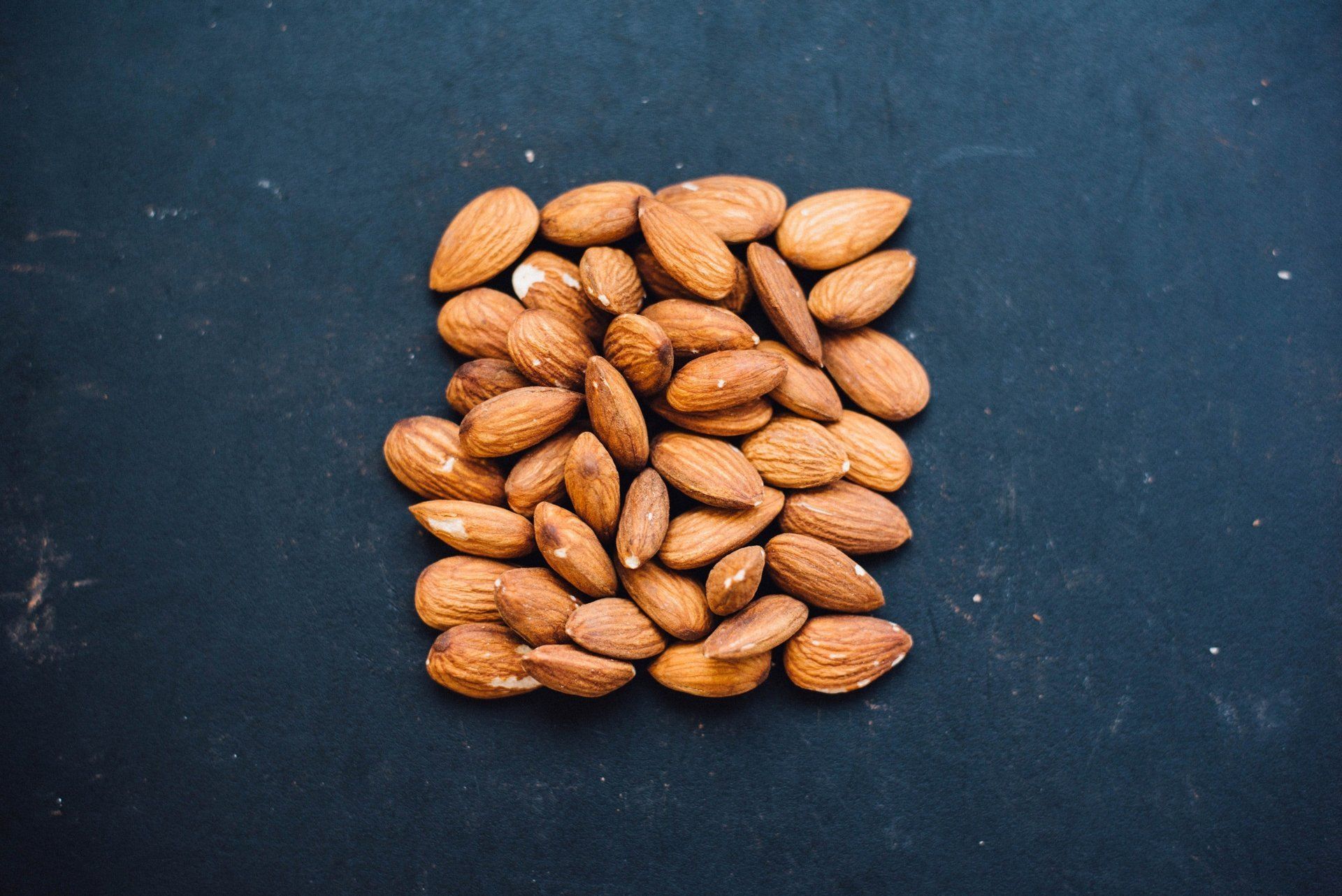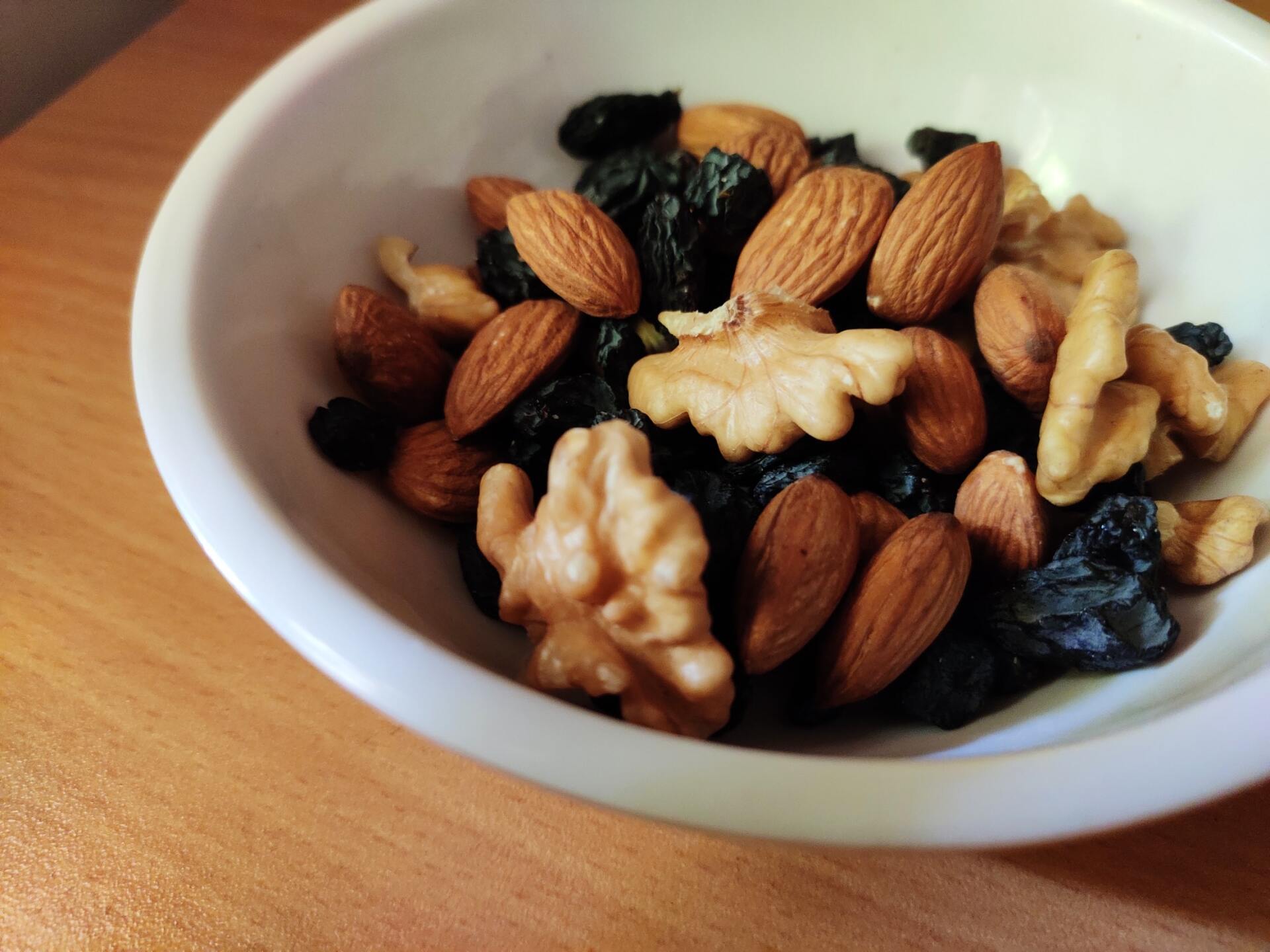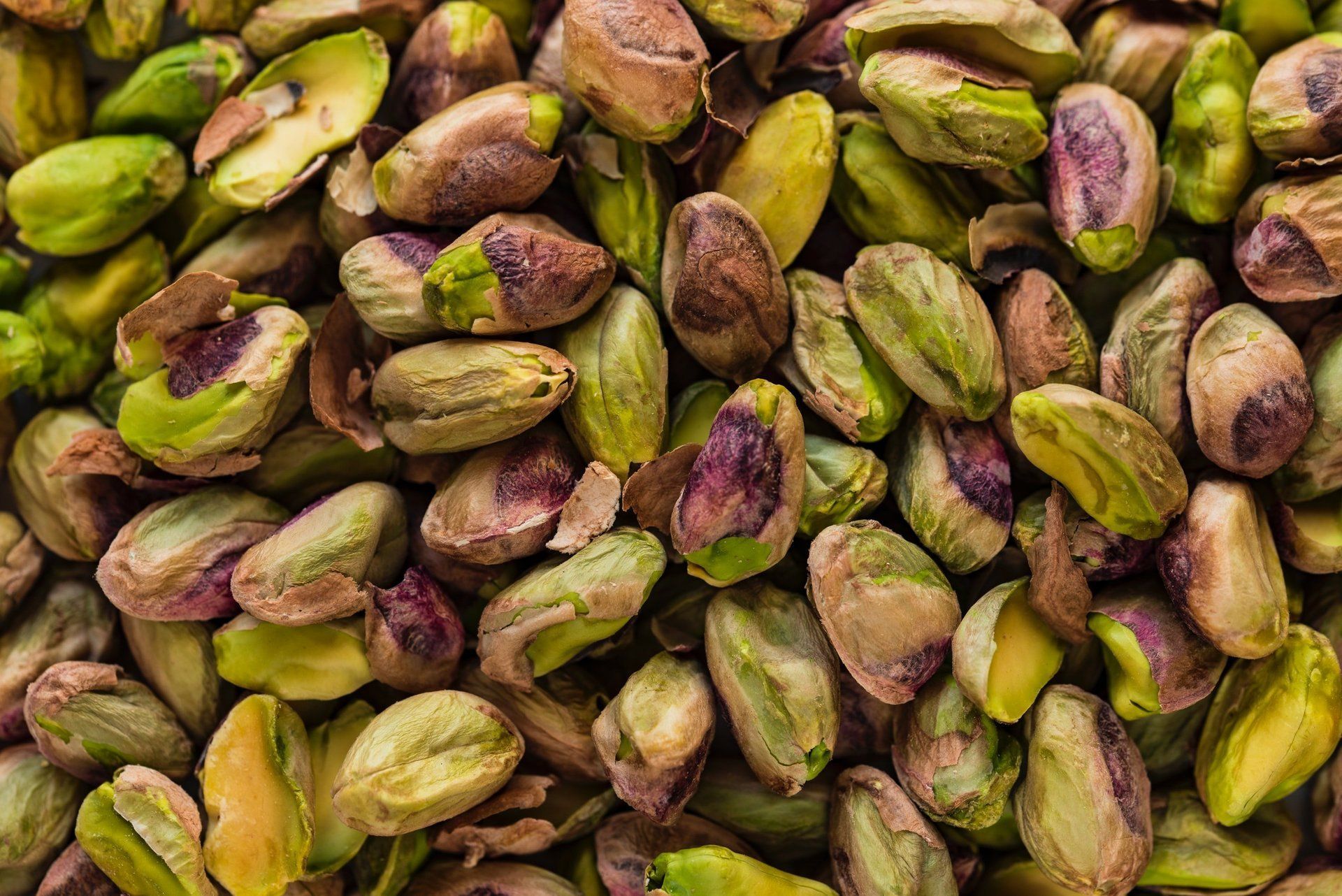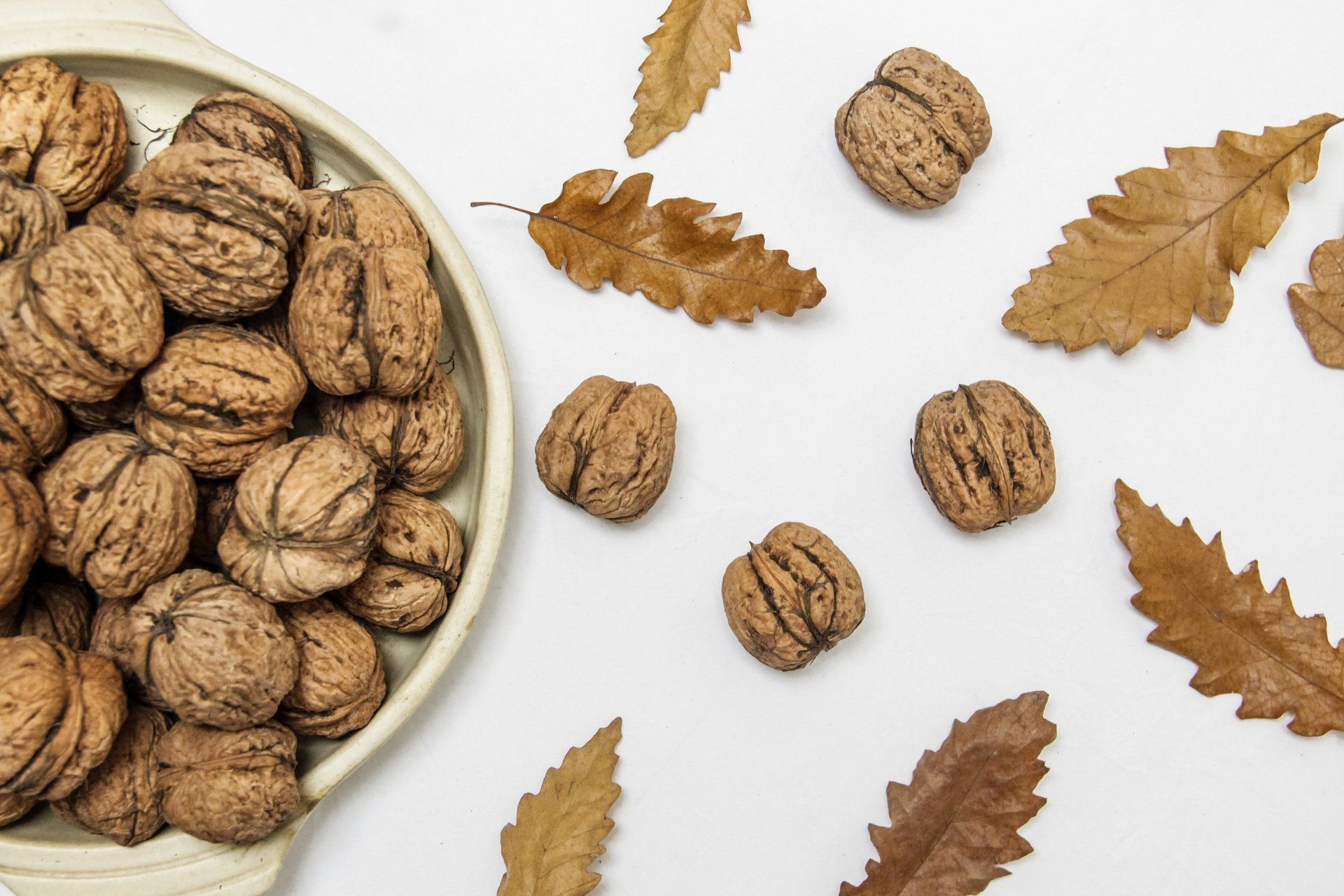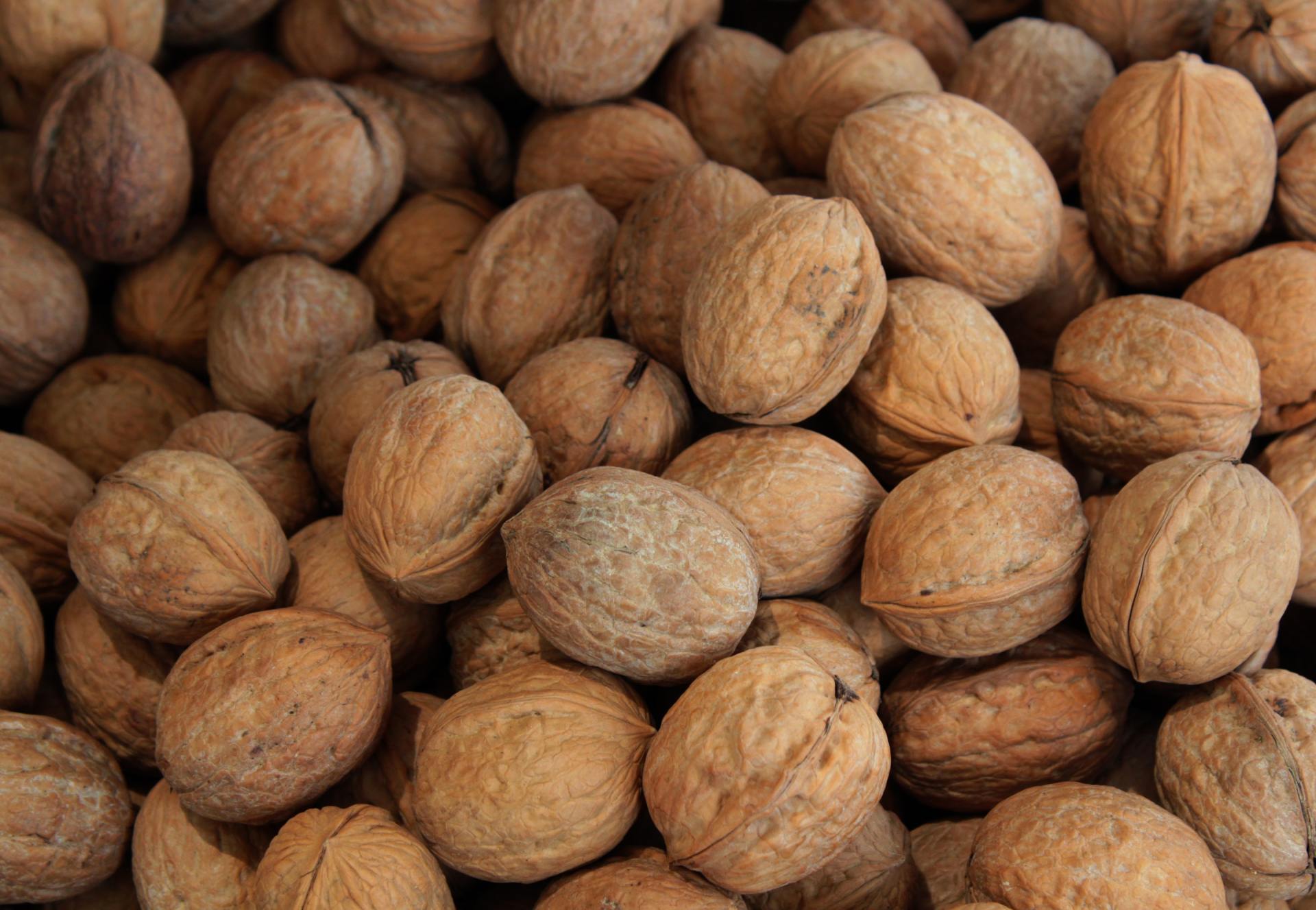Nuts are a very popular food. Nuts are edible, high-fat seed kernels enclosed by a hard shell. They’re widely eaten as a snack food or used in cooking.
They’re tasty, convenient, and can be enjoyed on all kinds of diets — from keto to vegan.
Despite being high in fat, they have a number of impressive health and weight benefits.
Here are some of the health benefits of eating nuts.
What Are Nuts?
Nuts are seed kernels that are widely used in cooking or eaten on their own as a snack. They’re high in fat and calories.
They contain a hard, inedible outer shell that usually needs to be cracked open to release the kernel inside.
Fortunately, you can buy most nuts from the store already shelled and ready to eat.
Here are some of the most commonly consumed nuts:
- Almonds
- Brazil nuts
- Cashews
- Hazelnuts
- Macadamia nuts
- Pecans
- Pine nuts
- Pistachios
- Walnuts
Though peanuts are technically legumes like peas and beans, they’re usually referred to as nuts due to their similar nutrition profile and characteristics.
A Great Source of Many Nutrients
Nuts are highly nutritious. One ounce (28 grams) of mixed nuts contains (1):
- Calories: 173
- Protein: 5 grams
- Fat: 16 grams, including 9 grams of monounsaturated fat
- Carbs: 6 grams
- Fiber: 3 grams
- Vitamin E: 12% of the RDI
- Magnesium: 16% of the RDI
- Phosphorus: 13% of the RDI
- Copper: 23% of the RDI
- Manganese: 26% of the RDI
- Selenium: 56% of the RDI
- Some nuts are higher in certain nutrients than others. For instance, just one Brazil nut provides more than 100% of the Reference Daily Intake (RDI) for selenium (2).
The carb content of nuts is highly variable. Hazelnuts, macadamia nuts, and Brazil nuts have fewer than 2 grams of digestible carbs per serving, while cashews have almost 8 digestible carbs per serving.
That being said, nuts are generally an excellent food to eat on a low-carb diet.
Nuts are high in fat, low in carbs, and a great source of several nutrients, including vitamin E, magnesium, and selenium.
Loaded With Antioxidants
Nuts are antioxidant powerhouses.
Antioxidants, including the polyphenols in nuts, can combat oxidative stress by neutralizing free radicals — unstable molecules that may cause cell damage and increase disease risk.
It has been found that walnuts have a greater capacity to fight free radicals than fish.
It has been shown that the antioxidants in walnuts and almonds can protect the delicate fats in your cells from being damaged by oxidation.
It has been shown that eating walnuts or almonds increased polyphenol levels and significantly reduced oxidative damage, compared to a control meal.
Also, that 2–8 hours after consuming whole pecans, participants experienced a 26–33% drop in their levels of oxidized “bad” LDL cholesterol — a major risk factor for heart disease.
However, in older people and individuals with metabolic syndrome found that walnuts and cashews didn’t have a big impact on antioxidant capacity, though some other markers improved.
Nuts contain antioxidants known as polyphenols, which may protect your cells and “bad” LDL cholesterol from damage caused by free radicals.
May Aid Weight Loss
Though they’re considered a high-calorie food, research suggests that nuts may help you lose weight.
The effects of the Mediterranean diet found that people assigned to eat nuts lost an average of 2 inches (5 cm) from their waists — significantly more than those given olive oil.
Almonds have consistently been shown to promote weight loss rather than weight gain. Some suggest that pistachios aid weight loss as well.
In overweight women, those eating almonds may lose up to nearly three times as much weight and may experience a significantly greater decrease in waist size.
What’s more, even though nuts are quite high in calories, it has been shown that your body doesn’t absorb all of them, as a portion of fat stays trapped within the nut’s fibrous wall during digestion.
For instance, while the nutrition facts on a package of almonds may indicate that a 1-ounce (28-gram) serving has 160–170 calories, your body only absorbs about 129 of these calories.
Similarly, your body absorbs about 21% and 5% fewer calories from walnuts and pistachios, respectively.
Nuts have been shown to promote weight loss rather than contribute to weight gain. It has been indicated that your body doesn’t absorb all of the calories in nuts.
May Lower Cholesterol and Triglycerides
Nuts have impressive effects on cholesterol and triglyceride levels.
Pistachios have been shown to lower triglycerides in people who are obese and those with diabetes.
The cholesterol-lowering power of nuts may be due to their high content of monounsaturated and polyunsaturated fatty acids.
Almonds and hazelnuts appear to raise “good” HDL cholesterol while reducing total and “bad” LDL cholesterol.
It has been noted that in women with metabolic syndrome observed that eating a 1-ounce (30-gram) mix of walnuts, peanuts, and pine nuts per day for 6 weeks significantly lowered all types of cholesterol — except “good” HDL.
The macadamia nut may lower cholesterol levels as well.
Nuts may help lower total and “bad” LDL cholesterol and triglycerides while boosting levels of “good” HDL cholesterol.
Beneficial for Type 2 Diabetes and Metabolic Syndrome
Type 2 diabetes is a common disease affecting hundreds of millions of people worldwide.
Metabolic syndrome refers to a group of risk factors that may increase your risk of heart disease, stroke, and type 2 diabetes.
Interestingly, nuts may be one of the best foods for people with metabolic syndrome and type 2 diabetes.
First off, they’re low in carbs and don’t raise blood sugar levels much. Thus, substituting nuts for higher-carb foods should lead to reduced blood sugar levels.
It has been suggested that eating nuts may also lower oxidative stress, blood pressure, and other health markers in people with diabetes and metabolic syndrome.
It has been shown that blood sugar, blood pressure, and other health markers improve when people with type 2 diabetes and metabolic syndrome include nuts in their diet.
May Reduce Inflammation
Nuts have strong anti-inflammatory properties.
Inflammation is your body’s way of defending itself from injury, bacteria, and other potentially harmful pathogens.
However, chronic, long-term inflammation can cause damage to organs and increase disease risk. It has been suggested that eating nuts may reduce inflammation and promote healthy aging.
In a study on the Mediterranean diet, people whose diets were supplemented with nuts experienced a 35% and 90% decrease in the inflammatory markers C-reactive protein (CRP) and interleukin 6 (IL-6).
Similarly, some nuts — including pistachios, Brazil nuts, walnuts, and almonds — have been found to fight inflammation in healthy people and those with serious conditions like diabetes and kidney disease.
It has been suggested that nuts may reduce inflammation, especially in people with diabetes, kidney disease, and other serious health conditions.
High in Beneficial Fiber
Fiber provides many health benefits.
While your body can’t digest fiber, the bacteria that live in your colon can.
Many types of fiber function as prebiotics or food for your healthy gut bacteria.
Your gut bacteria then ferment the fiber and turn it into beneficial short-chain fatty acids.
These SCFAs have powerful benefits, including improving gut health and reducing your risk of diabetes and obesity.
Plus, fiber helps you feel full and reduces the number of calories you absorb from meals. It has been that increasing fiber intake from 18 to 36 grams daily may result in up to 130 fewer calories absorbed.
Here are the nuts with the highest fiber content per 1-ounce (28-gram) serving:
- Almonds: 3.5 grams
- Pistachios: 2.9 grams
- Hazelnuts: 2.9 grams
- Pecans: 2.9 grams
- Peanuts: 2.6 grams
- Macadamias: 2.4 grams
- Brazil nuts: 2.1 grams
Many nuts are high in fiber, which can reduce disease risk, help keep you full, decrease calorie absorption, and improve gut health.
May Reduce Your Risk of Heart Attack and Stroke
Nuts are extremely good for your heart.
It has been suggested that nuts help lower heart disease and stroke risk due to their benefits for cholesterol levels, “bad” LDL particle size, artery function, and inflammation.
It has been found that small, dense LDL particles may increase heart disease risk more than larger LDL particles.
Interestingly, the Mediterranean diet found that people who ate nuts had a significant decline in small LDL particles and an increase in large LDL particles, as well as “good” HDL cholesterol levels.
Nuts may significantly lower your risk of heart attack and stroke. Eating nuts increases “bad” LDL particle size, raises “good” HDL cholesterol, improves artery function, and has various other benefits.
Delicious, Versatile, and Widely Available
Nuts can be enjoyed whole, as nut butters, or chopped up and sprinkled on food.
They’re widely available in grocery stores and online and come in a wide variety of options, including salted, unsalted, seasoned, plain, raw, or roasted.
In general, it’s healthiest to eat nuts raw or toast them in the oven at a temperature below 350°F (175°C). Dry-roasted nuts are the next-best option, but try to avoid nuts roasted in vegetable and seed oils.
Nuts can be kept at room temperature, which makes them ideal for on-the-go snacks and traveling. However, if you’re going to be storing them for long, a refrigerator or freezer will keep them fresher.
Nuts can be enjoyed whole, as nut butters, or chopped up on food. They’re healthiest raw or toasted. Store them at room temperature or put them in the fridge or freezer to keep them fresher for longer.
Eating nuts on a regular basis may improve your health in many ways, such as by reducing diabetes and heart disease risk, as well as cholesterol and triglyceride levels.
This nutritious high-fiber treat may even aid weight loss — despite its high calorie count.
As long as you eat them in moderation, nuts make for a tasty addition to a healthy, balanced diet.
Thank you for your support in listening and sharing this and hopefully, you have found it beneficial.
"Providing Better Health Through Knowledge"




